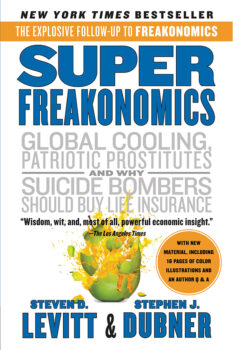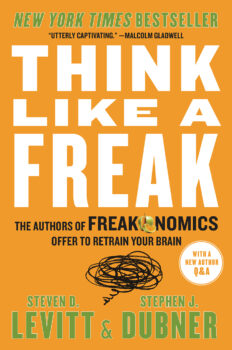The Price of Blown Glass: Opportunity Cost and Demand Elasticity
A puzzle. My nephew has switched to making art glass full-time, and I think his work is gorgeous. His problem, though, is figuring out what price to charge. Among other things, he blows gorgeous candlesticks, which he thought of selling for $70 a pair. I say he should charge $250 a pair. He says no, because he thinks he can sell many more at the lower price.
He assumes it takes one hour of his time to blow a pair after he’s done the first pair, and incurred the fixed cost. So I guess his decision depends on the opportunity cost of his time and the elasticity of demand for his product. Clearly, there is a set of combinations of the cost of his time and the expected change in quantity sold that would make him indifferent between the high and low prices, with a higher opportunity cost requiring a higher demand elasticity if the price is lower.
Given the two prices, what is this set? And what do you think the demand elasticity actually is in this case? (HT to SEH)




